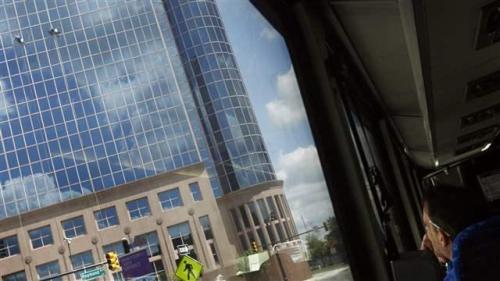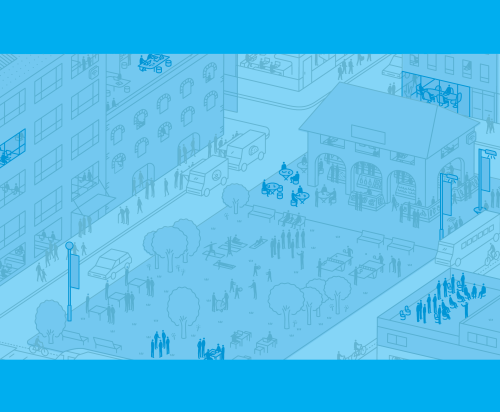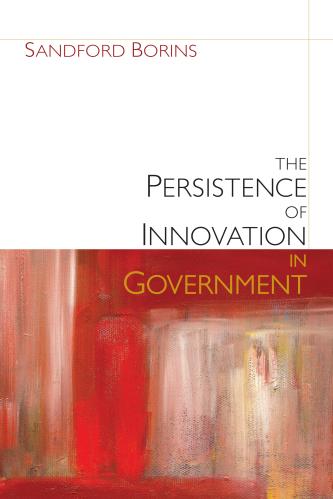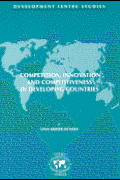In the past, my colleagues and I have highlighted Kendall Square in Cambridge, Mass. as an emblematic innovation district. Anchored by the Massachusetts Institute of Technology and home to dozens of technology and life sciences companies, the district may be the most innovative ZIP code in the country. But not every city can replicate Kendall Square, because, frankly, not every city has an MIT.
A recent visit to Chattanooga, Tenn. convinces me that U.S. cities—particularly small and medium-sized ones—can take multiple paths to unleashing their distinct innovative economies. In designating a 140-acre enclave in the heart of their downtown as an innovation district, Chattanooga has built strategically on three critical assets—quality place making, unusual anchor institutions, and a highly collaborative innovation ecosystem.
Quality Placemaking: A former mid-size industrial city, Chattanooga has spent decades reclaiming its core as a place its planners describe as “authentic and evolving, lively and attractive, diverse and engaging, dignified and celebratory.” The city first reenergized its downtown through a series of public-private-civic partnerships in the 1990s, topped off in 2005 with $120 million of new riverfront parks and expanded downtown cultural institutions. These platform investments have sparked an explosion in downtown living: 2015 has been dubbed “The Year of the Crane” as $480 million in private investment is fueling the construction of hundreds of hotel rooms and thousands of apartments (a portion of which will be affordable due to smart city tax incentives). Throw in a coffee scene that is truly home grown and some smart animation of public and private spaces in the downtown and along the riverfront and you have a vibrant place that can support the “live-work-play” demands of younger workers and innovative firms. (Brookings is partnering with Project for Public Spaces to explore this dynamic in more depth under the new Bass Initiative on Innovation and Placemaking.)
Unusual Anchors: The catalyst of the city’s economic revival is an unusual one—the Electric Power Board of Chattanooga (“EPB”), the city’s public utility. By smartly deploying $228 million in local revenue bonds and $111.6 million in funding from the Department of Energy’s Smart Grid Investment, EPB has built one of the world’s most extensive municipal high-speed internet networks, installing more than 9000 miles of fiber throughout 600 square miles across two states. This effort has had two transformative effects. In the words of Chattanooga Mayor Andy Berke, the Gig City (a reference to its 1-gigabit-per-second fiber internet service) now has “the fastest, cheapest, most pervasive internet in the Western Hemisphere,” an enticing allure for tech entrepreneurs and a host of other businesses. The utility has also simultaneously built one of the world’s first modern smart grids, capable of being a laboratory for responses to climate change and severe weather conditions throughout the United States and the world. With the installation of 175,000 smart meters and 1,200 intelligent switches, EPB has incredibly gone from 2 million meter reads per year to 17 million meter reads per day—explaining why groups as diverse as the Danish Energy Association and Oak Ridge National Laboratory see the utility as a key candidate for partnership.
Collaborative Innovation: Chattanooga’s innovation district is the product of genuine, enthusiastic collaboration—not often seen in bigger cities—between public, private, and civic institutions and leaders. These players include the city and county governments, EPB, the Lyndhurst and Benwood Foundations, the University of Tennessee at Chattanooga, The Enterprise Center and an entrepreneurial mix of investors like the Lamp Post Group, start-ups like Bellhops, incubators like CO.LAB and real estate developers like River City Company, DEW Properties, and Fidelity Trust Company. I was continuously struck by the extent to which this diverse set of players— with very different experiences and world views—are truly “collaborating to compete” and grow something truly unique to their city. As Mayor Berke emphasized, Chattanooga is characterized by a culture of “positive reinforcement” where networks of institutions and leaders celebrate individual and collective wins and are small and agile enough to move quickly to leverage market and demographic dynamics.
In several weeks, Chattanooga will host the 2015 Startup Angel Summit, a national conference that will focus the attention of the national venture fund community squarely on Chattanooga’s burgeoning innovation scene. This venture capital attention is well-deserved and good to see amid a VC climate in which investors often pay too little attention to small and mid-sized cities with strong innovative assets. Participants in the summit will witness an innovation district in early evolution. They will visit the just-opened 90,000 square-foot Edney Innovation Center, which will house a tech accelerator and startup space, as well as serve as a hub and networking space for nearby companies. They will hear about additional efforts to bolster tech entrepreneurship including GigTank, an annual startup competition that focuses on businesses that can leverage Chattanooga’s ultrafast internet. (2015 was the fourth annual competition.) They will see a community committed to not just to innovation but inclusion, illustrated by the city’s effort to advance a digital equity agenda through NetBridge, a service that provides the municipal high-speed internet to low-income residents at half price.
Something special is happening in Chattanooga. They are inventing a distinctive version of an innovation district that builds on their high quality of life, unique competitive advantages, and collaborative culture. The more traditional innovation districts have a lot to learn from the Gig City.
Image courtesy of Bryce Edwards.










Commentary
An innovation district grows in Chattanooga
September 29, 2015